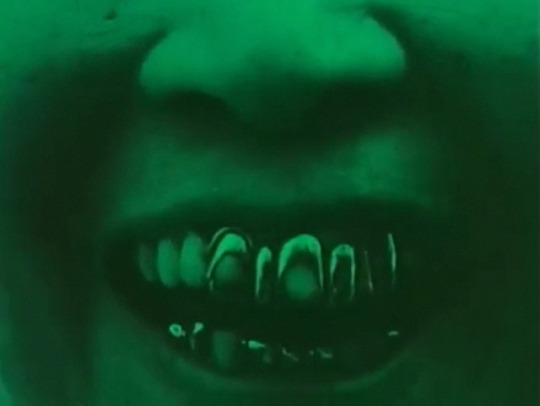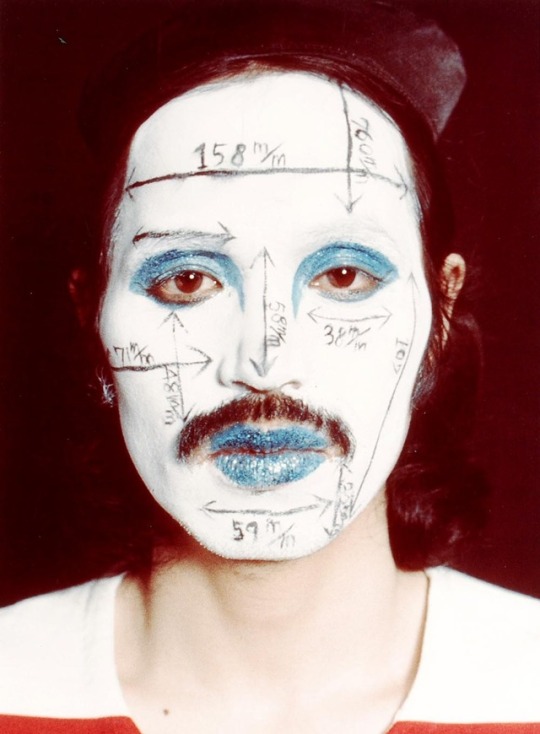The last few years, I’ve taken a bit of a break from Thought Leading. I’ve had my own personal struggles and my thought leading has been directed at overcoming the disruption wrought upon life and by my husband’s cancer and death. I don’t mean to bring up my personal tragedy to get your attention but I do feel the need the need to explain why I haven’t been as active an artists’ advocate as I once was.
However, important things are happening in the world of music royalties and I can’t sit on the sidelines.
—
If you make music for a living, you might have been aware of the passage of the Music Modernization Act last year. The law sets up a non-profit entity called the Mechanical Licensing Collective (MLC) to issue blanket licenses to streaming services and to collect and pay the owners of songs.
If you are a self-published, DIY songwriter, that is you.
Much like SoundExchange collects and distributes your digital performance royalties, this new MLC will collect and distribute your digital mechanical royalties.
This stuff, and mechanical royalties in particular, can be mind-numbingly boring but believe me, if you make a living off your songs, you need to pay attention. Your royalties are at stake and you have a short window of time to act.
Two groups have submitted proposals to the copyright office to run the MLC, the National Music Publishers Association (NMPA) and the American Music Licensing Collective (AMLC).
I have joined the board of the AMLC because I believe they will get mechanical royalties to the songwriters who earned them.
There is a pot of an estimated $1.2 billion in unmatched mechanical royalties that have yet to be paid to the people who earned them. The streaming services were required to pay the royalties, not to match them. Making a system for connecting songs to owners and getting these black-box royalties to the people who earned them will be primary tasks of the new MLC.
Why should DIY songwriters care?
Millions of songs are recorded every year and the vast majority of them are by “self-published” songwriters and composers like me. We control our own copyrights and are not represented by the major music publishers in the NMPA. We are the ones who will rely on the MLC to get us royalties that in many cases, we haven’t been paid before. I would bet my favorite pair of shoes that self-published songwriters like me wrote the songs that generated that pot of royalties.
The music publishers in the NMPA have direct deals with the streaming services. They have been collecting their royalties and will continue to do so without help of the MLC. This is the part that worries me: written into the law, and in fact lobbied for by the NMPA, is language that indicates board members of the MLC are able to recommend the pot of unmatched royalties be liquidated and distributed to themselves by market share.
This gaping hole in the law should make all DIY songwriters sit up and pay attention. The board of the MLC will get to say what happens to that estimated billion dollars and to all unmatched royalties going forward.
The publishers in the NMPA will not use the MLC yet they can recommend liquidating the pot of unmatched royalties and distributing it to themselves? Will they have any incentive to do the work required to match these royalties to the songwriters who should get it?
Without question, the AMLC has the least conflict of interest, the best technology proposal and the least incentive to recommend directing other people’s royalties to themselves, not to mention their budget is a fraction of the one proposed by the NMPA.
There are other things too. The AMLC doesn’t aim to make a single corporate-controlled database containing information about every composition in the world, which the NMPA does. I think we have experienced enough corporate consolidation of data, thank you very much. Instead, the AMLC’s proposal is for a decentralized network that pulls together data from the 100+ global music rights organizations and will use dynamic indexing, normalization and intelligent matching algorithms to connect songs with owners.
I trust the AMLC to get me my mechanical royalties.
If you are a songwriter,
you have only until April 22 to tell the Registrar of Copyrights which group you think should handle your mechanical royalties.
Click here to make a comment with the copyright office.
Want to learn more?Tomorrow April 10 at 5:30pm Central time the AMLC is holding a town hall. I’ll be there by video conference. You can join on your phone or computer and ask questions by going here:
https://zoom.us/j/188377751
—
To survive in this era as an artist you have to maximize all possible revenue streams: live performances, sync licensing, subscriptions, merchandise, performance royalties, sound recording royalties, mechanicals. It takes some work to collect all the pieces of your royalty pie. Someday, I hope those of us who own our copyrights will be able to enter all our information once instead of many, many times in many, many places.
Imagine being able to identify yourself, your songs, your percentage ownership if you collaborated with someone, and then imagine collecting all the royalties — for the performance, for the recording, for the composition — without having to pay a hefty percentage for the privilege?
That won’t be happening anytime soon. The royalty collection systems are complex and like other complex systems, many parties benefit from that complexity (healthcare anyone?).











